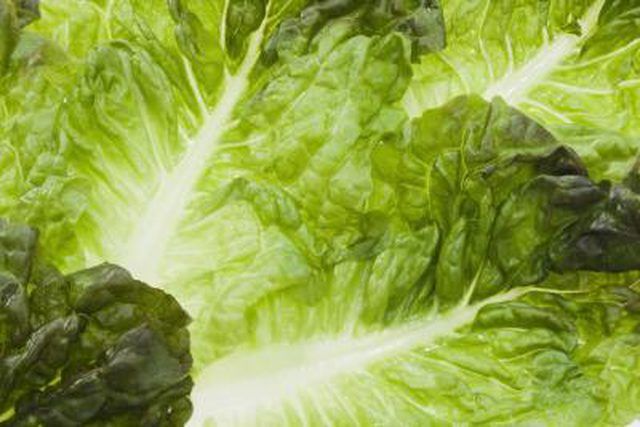Bulbs
Flower Basics
Flower Beds & Specialty Gardens
Flower Garden
Garden Furniture
Garden Gnomes
Garden Seeds
Garden Sheds
Garden Statues
Garden Tools & Supplies
Gardening Basics
Green & Organic
Groundcovers & Vines
Growing Annuals
Growing Basil
Growing Beans
Growing Berries
Growing Blueberries
Growing Cactus
Growing Corn
Growing Cotton
Growing Edibles
Growing Flowers
Growing Garlic
Growing Grapes
Growing Grass
Growing Herbs
Growing Jasmine
Growing Mint
Growing Mushrooms
Orchids
Growing Peanuts
Growing Perennials
Growing Plants
Growing Rosemary
Growing Roses
Growing Strawberries
Growing Sunflowers
Growing Thyme
Growing Tomatoes
Growing Tulips
Growing Vegetables
Herb Basics
Herb Garden
Indoor Growing
Landscaping Basics
Landscaping Patios
Landscaping Plants
Landscaping Shrubs
Landscaping Trees
Landscaping Walks & Pathways
Lawn Basics
Lawn Maintenance
Lawn Mowers
Lawn Ornaments
Lawn Planting
Lawn Tools
Outdoor Growing
Overall Landscape Planning
Pests, Weeds & Problems
Plant Basics
Rock Garden
Rose Garden
Shrubs
Soil
Specialty Gardens
Trees
Vegetable Garden
Yard Maintenance
How to Grow Hydroponic Lettuce
How to Grow Hydroponic Lettuce. People sometimes view hydroponics as complicated and expensive, but the truth is that it doesn’t have to be either one. It’s possible for you to grow an annual plant such as lettuce (Lactuca sativa) hydroponically in your back yard, on your deck or even in your home with very little investment or effort....

People sometimes view hydroponics as complicated and expensive, but the truth is that it doesnít have to be either one. Itís possible for you to grow an annual plant such as lettuce (Lactuca sativa) hydroponically in your back yard, on your deck or even in your home with very little investment or effort. You may be enjoying fresh lettuce in a matter of weeks after planting.
Raft System Basics
A raft system is one of the simplest hydroponic systems to set up and maintain, and itís ideally suited for leaf lettuce (Lactuca sativa var. crispa). Choose the size of the system's reservoir -- the container that will hold a nutrient solution -- that fits your needs, but ensure the reservoir is at least 6 inches deep. Decide whether to place the system outdoors or indoors. If you opt for outdoors, then create a large hydroponic garden by making a 4-by-8-foot wooden frame that is 6 to 8 inches deep, and line its interior with a 6-millimeter-thick polyethylene plastic sheet, or use a plastic, kiddie wading pool. If your hydroponic system will be indoors, then using a storage tote or similar plastic container for the frame is more practical than using a large, wooden frame. Cut a piece of 1-inch-thick polystyrene foam -- the raft -- to float loosely on the nutrient solution that will be in the reservoir inside the frame, and cut round, 1-inch-diameter holes all the way through the foam, spacing them 6 inches apart over the foam's entire surface.
Location and Light
Place your hydroponics system in a location where its reservoir will get adequate light but wonít get too hot. Lettuce does best in temperatures that range from 60 to 70 degrees Fahrenheit; it also grows best during days that have no more than about 12 hours of daylight. Too much light or heat can cause lettuce to flower, and then it will not taste good. If you grow lettuce hydroponically indoors but don't have a sunny window, then hang a fluorescent light a few inches above your lettuce plants' tops, and add a timer to turn that artificial light on and off so the plants are exposed to the same amount of light every day.
The Final Touches
Begin making the nutrient solution by combining 2 teaspoons of water-soluble, 20-20-20 fertilizer with 1 gallon of water. Ensure the fertilizer contains micronutrients because hydroponic plants canít get them from soil. Then add 1 teaspoon of Epsom salts to the water-fertilizer mixture, and combine all the ingredients well, completing the nutrient solution. Fill the reservoir to a depth of at least 5 inches with the nutrient solution. Add more of the nutrient solution to the reservoir as needed to keep the solution at least 5 inches deep, but make fresh nutrient solution every time you need to add any to the reservoir because the solution doesnít store well. Install an aquarium air pump near the reservoir, and insert an air stone in the reservoir to provide oxygen to the lettuce plantsí roots. Let the polystyrene foam float on the reservoir's nutrient solution; the floating foam is like a raft.
Planting Procedure for Your Garden
A hydroponic raft system can be used to grow many varieties of leaf lettuce. Some options include red or green leaf lettuce such as "Grand Rapids," "Oak Leaf," "Ruby" and "Red Fire." Soak one rock wool cube, available from hydroponics suppliers, for each hole in your system's polystyrene foam raft, and sprinkle a few lettuce seeds on the cubes. Insert the cubes so that each one fits snugly into its own hole in the polystyrene foam raft and just pokes through the foam's bottom. Water the cubes with plain water until the resulting lettuce plants grow enough for their roots to reach into the reservoir, watering themselves. As the plants first grow, remove excess ones as needed to avoid overcrowding; in general, keep only one plant in each cube. Harvest when the plants reach the desired size or stop growing, typically about four to six weeks after planting.